Discover the ultimate art supplies showdown: Latex vs acrylic paint. Uncover the differences, advantages, and ideal use cases for each type of paint. This article will explore the significant differences between latex and acrylic paint.
Latex paint is water-based and commonly used for indoor applications due to its low odor and easy cleanup. Acrylic paint, also water-based, is versatile and suitable for various surfaces, including canvas and outdoor use. The choice depends on the project’s requirements, with Latex being more practical for walls and acrylic for artistic endeavors.
Reading an article on acrylic paint vs. Latex is crucial for artists and DIY enthusiasts. Understanding their unique properties helps achieve the desired artistic effects and enhances the creative experience.
What is Latex Paint?
Plastic or water-based paint utilizes water as its essential dissolvable, unlike customary oil-based paints that use mineral spirits or other unpredictable natural mixtures (VOCs). Plastic paint has acquired inescapable fame because of its usability, low smell, and genuine kind disposition.
Characteristics of Latex Paint:
Plastic paint has a few essential qualities that make it unmistakable. It dries moderately rapidly, frequently within a couple of hours, and can be tidied up with cleanser and water.
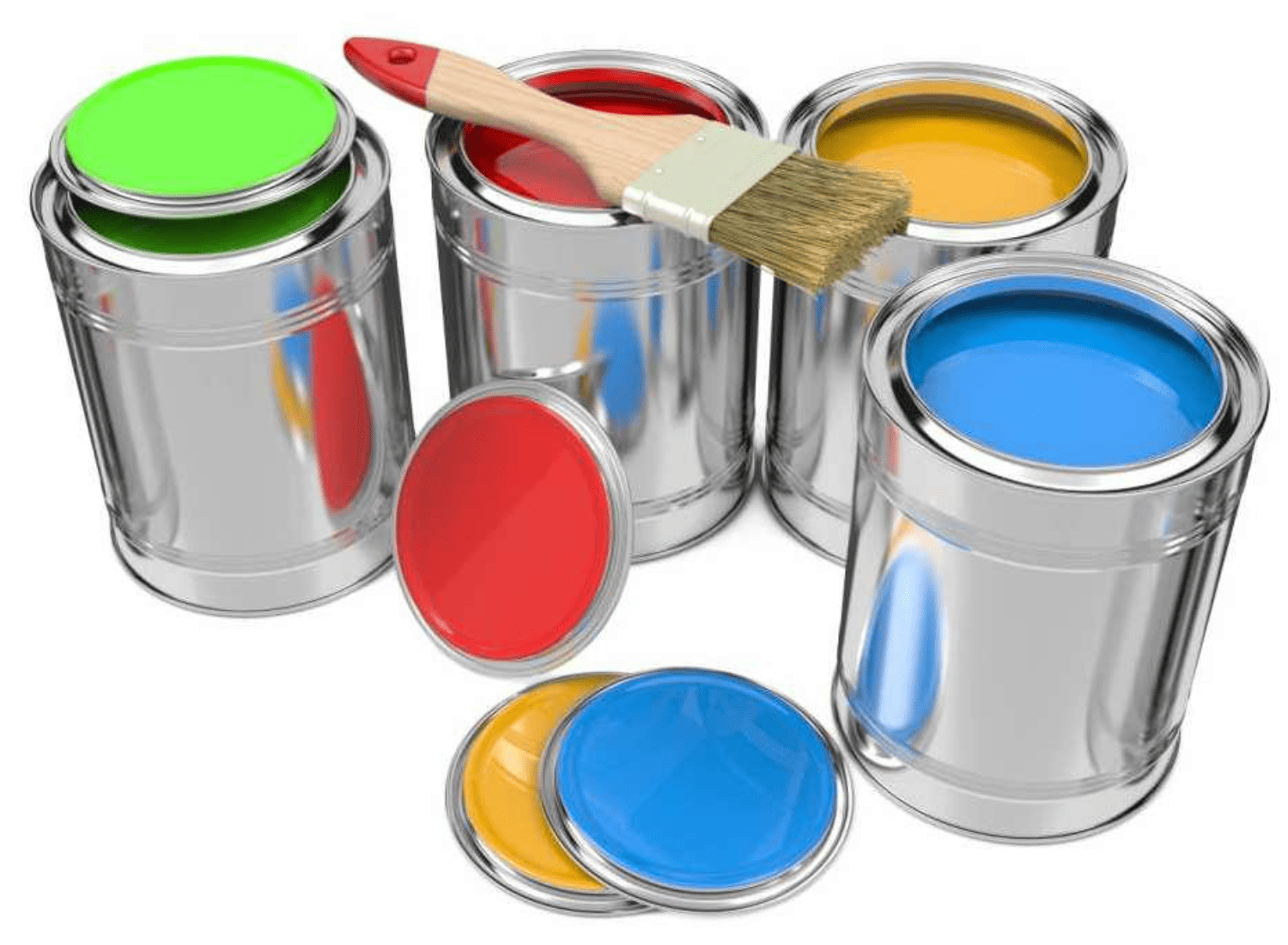
It has low degrees of VOCs, making it less destructive to the climate and human well-being. Plastic paint is accessible in many varieties and completions, for example, level, silk, semi-sparkle, and serious shine.
Pros:
- Environmentally friendly: The low VOC content of plastic paint diminishes air contamination and improves indoor air quality.
- Easy cleanup: Devices and brushes can be cleaned with water, making the composition cycle more advantageous.
- Quick drying time: Plastic paint dries quicker than oil-based paints, considering different coats in a more limited period.
- Less odor: Plastic paint emanates negligible vapor, making it more charming to work with and reasonable for indoor applications.
- Flexibility: It sticks well to different surfaces, including wood, drywall, and artistry.
Cons:
- Durability: While plastic paint is solid for most applications, it may not endure weighty mileage as well as oil-based paints, especially in high-traffic regions.
- Surface preparation: Appropriate surface planning is pivotal to accomplishing the best outcomes with plastic paint, mainly on polished or recently painted surfaces.
- Limited use in outrageous conditions: Plastic paint may not be reasonable for specific absurd circumstances, for example, exceptionally high temperatures or regions presented to visit dampness.
Optimal Use Cases of Latex Paint:
Plastic paint is a superb decision for some inside and outside projects. It is generally utilized for walls, roofs, and trim in private and business settings.
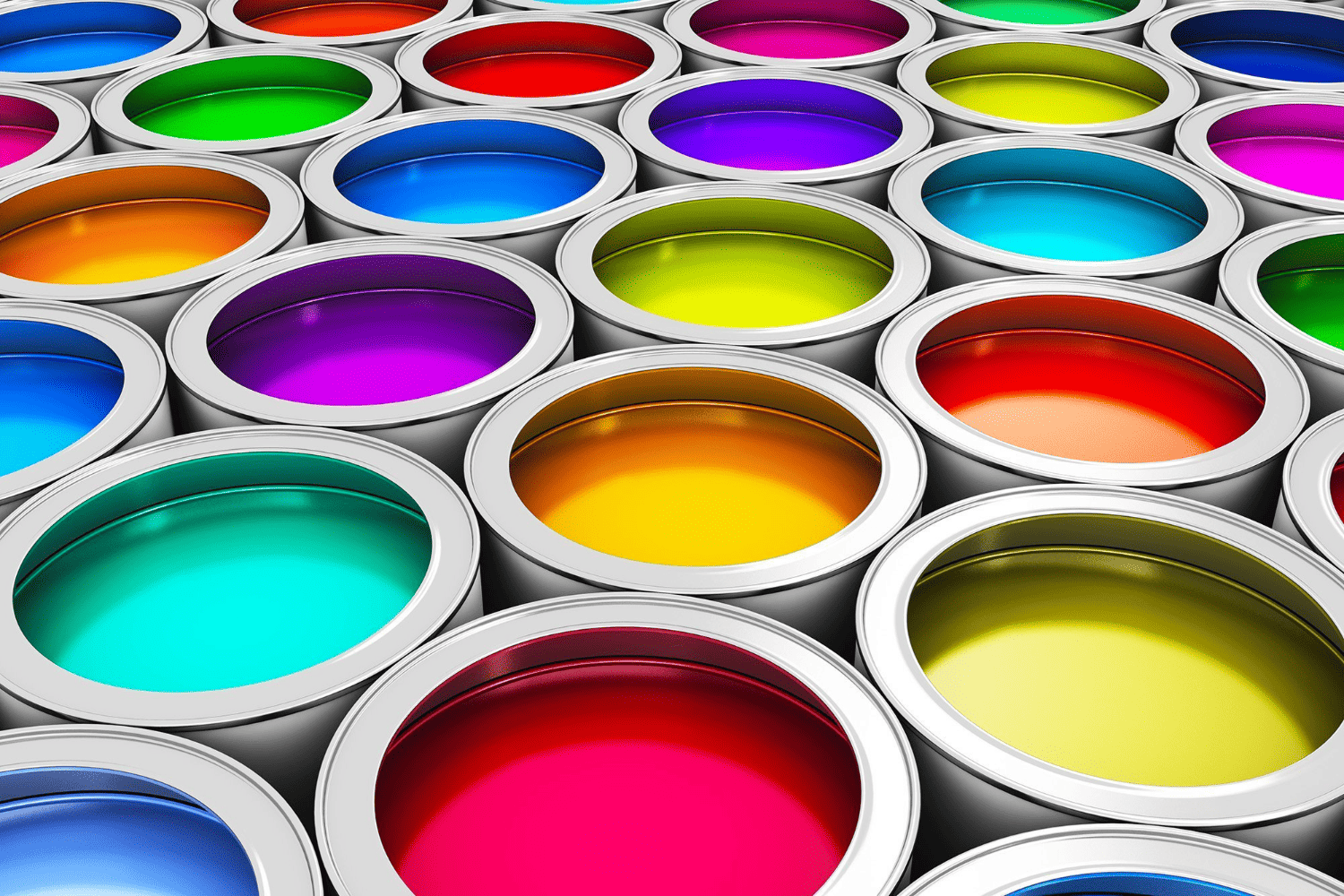
Its fast drying time makes it reasonable for tasks with tight courses of events. It offers excellent assurance against the components and can endure outside surfaces.
What is Acrylic Paint?
Acrylic paint is a flexible and generally involved paint containing acrylic polymer emulsion as its fastener. It makes it water-dissolvable and structures a tough, water-safe film when wet. Acrylic paint has become #1 among artisans, crafters, and Do-It-Yourself devotees because of its usability and flexibility.
Characteristics of Acrylic Paint:
Acrylic paint has a few essential qualities that put it aside. It dries rapidly, considering fast layering and overpainting. When dry, it becomes water-safe, making it appropriate for indoor and open-air applications.

Acrylic paint is accessible in different viscosities, from dainty, liquid-like consistency to thick, weighty body, permitting specialists to accomplish various impacts and surfaces.
Pros:
- Quick drying time: Acrylic paint dries much quicker than oil paints, empowering specialists to work effectively and fabricate layers rapidly.
- Versatility: Acrylic paint can be utilized on many surfaces, including material, paper, wood, and texture. From there, the sky’s the limit.
- Water-soluble: Specialists can make watercolor-like impacts by weakening acrylic paint with water, and it tends to be effortlessly tidied up with water before drying.
- Durability: When dry, acrylic paint frames a sturdy, adaptable film that opposes breaking and blurring after some time.
- Wide tone range: Acrylic paint is accessible in a broad determination of varieties, including both conventional and lively shades.
Cons:
- Quick drying time: While this benefits some, it may be a disservice to specialists who lean toward more expanded mixing and working times.
- Color shift: Acrylic paint can undergo slight changes as it dries, influencing tone coordination and consistency.
- Surface preparation: A few surfaces might require legitimate preparation to guarantee appropriate grip and forestall paint retention.
Optimal Use Cases of Acrylic Paint:
Acrylic paint is generally utilized in different artistic expressions, remembering painting for material, paper, and various surfaces. It is well known for making acrylic pour artistry, blended media craftsmanship, and, surprisingly, utilized in artificially glamorizing strategies. Acrylic paint is additionally usually used in Do-It-Yourself projects, home stylistic layouts, and specialties because of its usability, water cleanup, and a wide variety of accessible tones.
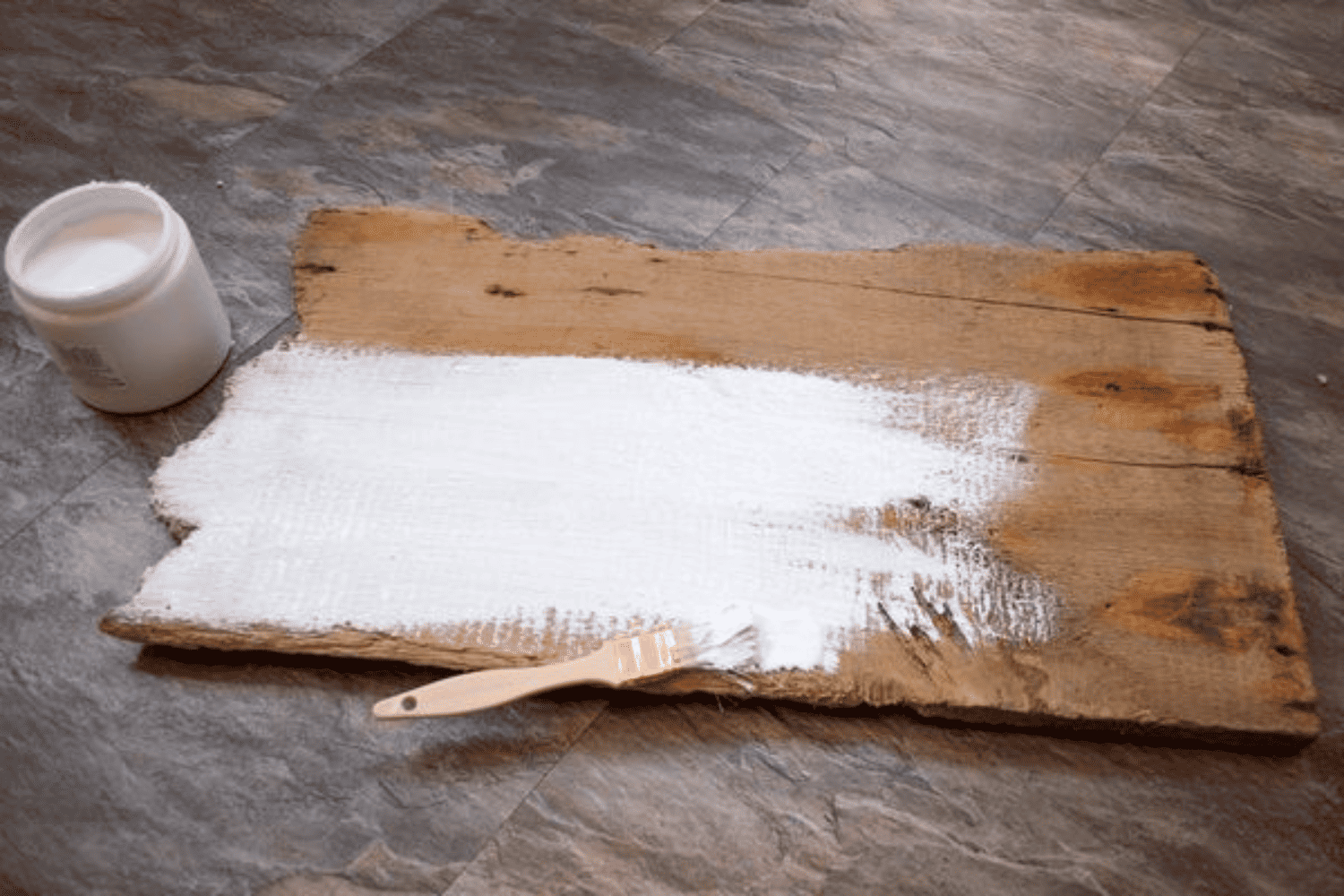
Acrylic paint’s speedy drying nature and water-dissolvability make it a magnificent decision for artisans looking for proficiency and flexibility in their work whether an expert craftsman or a specialist, acrylic paint is an open and lively medium to communicate your innovativeness across various imaginative undertakings. For painting, you can also check out some best furniture for your house here.
See also: Can You Paint Over Stained Wood?
Latex vs. Acrylic Paint: Critical Differences Between Latex and Acrylic Paint
Let’s dig more about when to use acrylic vs latex paint.
Correlation of Composition:
The vital distinction between plastic and acrylic paint lies in their piece. Plastic paint, otherwise called water-based paint, principally involves water as a dissolvable and contains acrylic polymers as its folio.
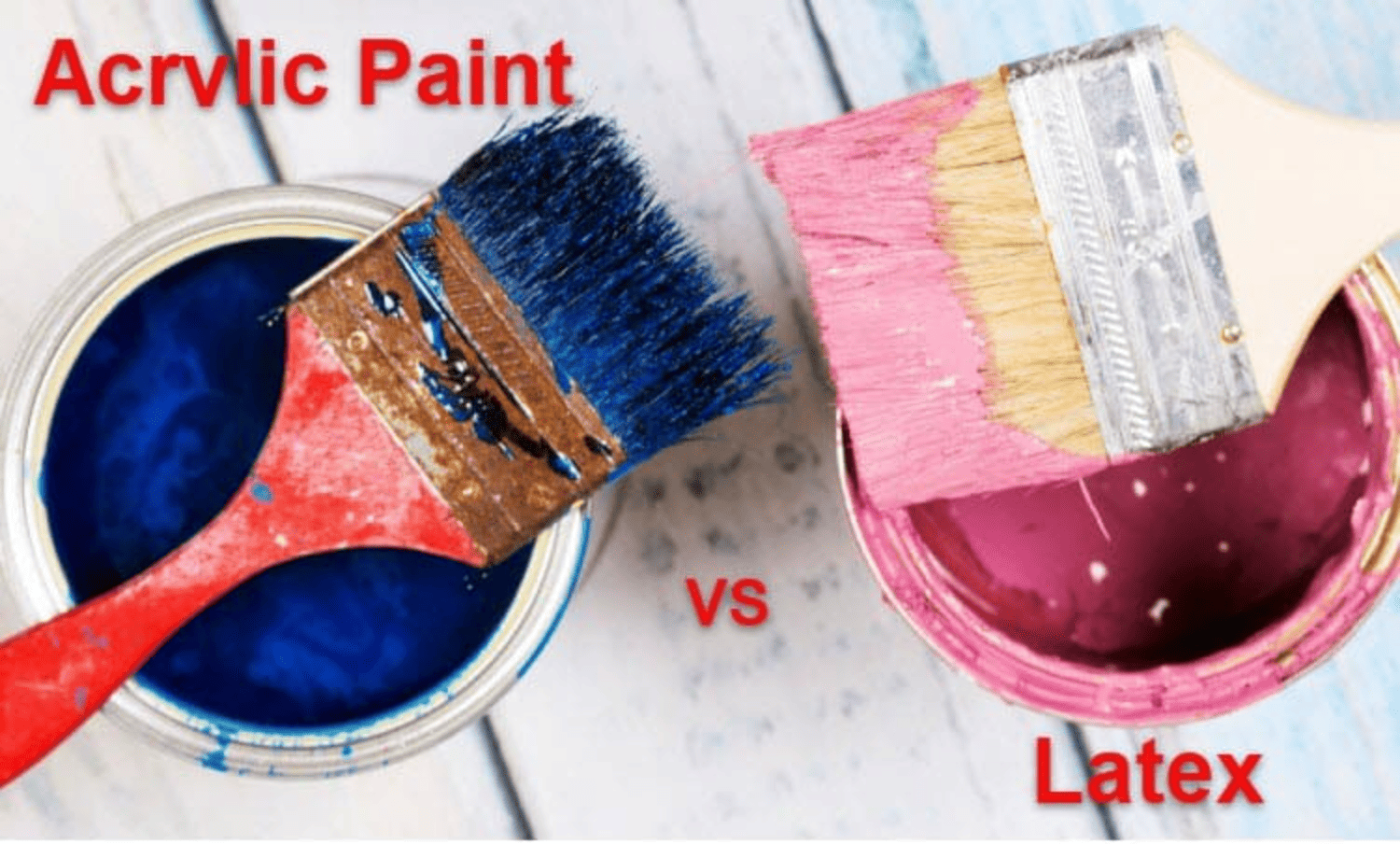
Then again, acrylic paint applies acrylic polymer emulsion as its cover, making it water-dissolvable and water-safe when dry. While both contain acrylic polymers, the principal qualification is the dissolvable utilized.
Correlation of Durability:
Regarding strength, acrylic paint will generally be more vigorous than plastic paint. When acrylic paint dries, it frames an adaptable and solid film that is less inclined to break or blur after some time. Acrylic paint is more impervious to water and UV harm, making it appropriate for inside and outside applications.
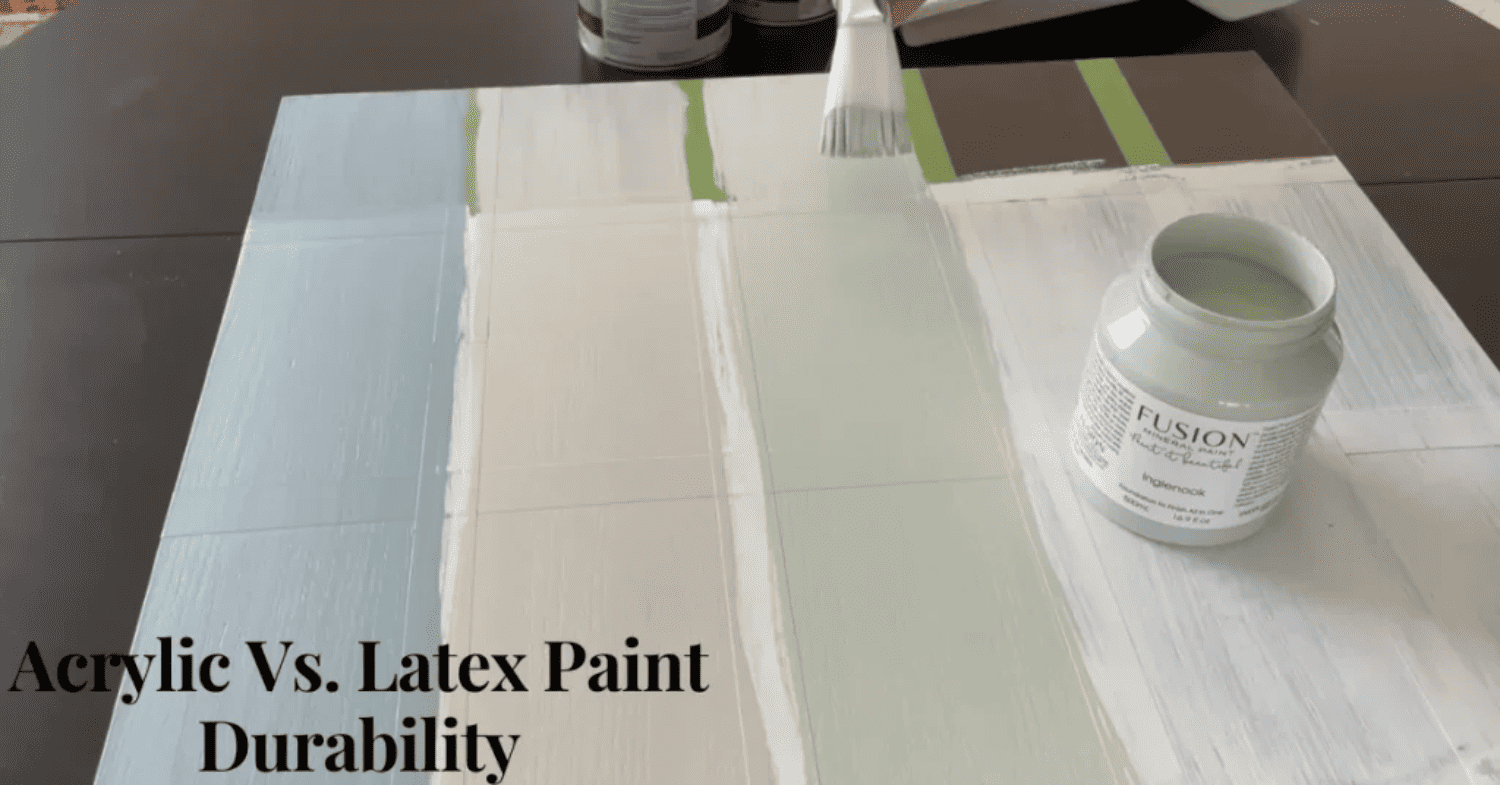
While plastic color is vital for most indoor purposes, it may not hold up as well as acrylic paint under outrageous atmospheric conditions or in high-traffic regions.
Correlation of Drying Time:
Acrylic paint dries a lot quicker than plastic paint. Acrylic paint can dry within minutes to hours, permitting artisans to work rapidly and assemble various layers proficiently.
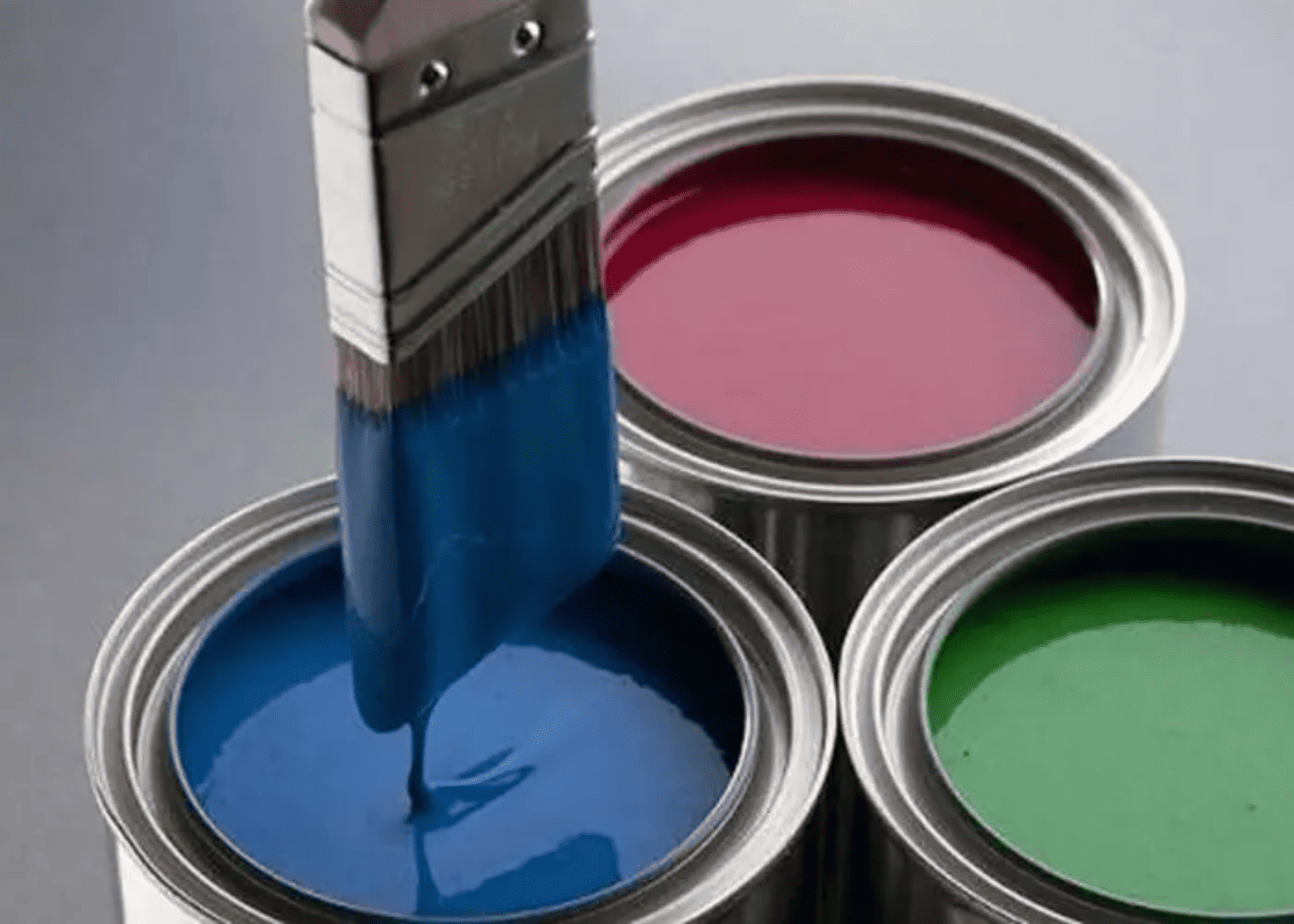
On the other hand, plastic color typically requires a more drawn-out drying time, frequently requiring hours to days to fix completely. The quicker drying season of acrylic paint can benefit those looking for a speedy circle back in painting projects.
Correlation of Finish:
Both plastic and acrylic paints arrive in various completions, for example, level, silk, semi-gleam, and serious shine.

The paint completion is resolved more by the added substances and colors utilized instead of the sort of cover. Consequently, the accessible completions are comparable for the two types of paint. This says about Latex vs. acrylic paint, which creates a hard finish.
Correlation of Cost:
Regarding cost, plastic paint is, for the most part, more financially well-disposed than acrylic paint. The water-based nature of plastic color makes it more affordable to create, prompting lower costs.

Acrylic paint, then again, might be a smidgen more costly because of the extra handling expected for the acrylic polymer emulsion. In any case, the expense contrast can change contingent on the brands and nature of the paints.
Correlation of Natural Impact:
Both plastic and acrylic paints have a moderately low ecological effect contrasted with customary oil-based paints, which contain more significant levels of VOCs.

The two kinds of color have diminished degrees of VOCs, making them all the more harmless to the ecosystem and adding to better indoor air quality. Notwithstanding, it’s fundamental to dependably discard unused, endlessly paint-related squander to limit ecological effect.
Latex vs. Acrylic Paint: How to Choose
Picking either plastic or acrylic paint relies upon a few elements and the particular prerequisites of your task. Think about the accompanying variables to go with an educated choice. It’s also essential to mark Latex vs. acrylic paint when spraying.
Project Type:
Decide the idea of your undertaking. Plastic paint is a practical and reasonable decision for indoor applications like walls, roofs, and specialties.

Select acrylic paint if your undertaking includes outside surfaces, works of art presented to the components, or requires greater strength.
Drying Time:
Think about the ideal working time and drying speed. Acrylic paint dries rapidly, causing it suitable for artisans who favor fast layering.

If you want additional mixing and adjustment opportunities, plastic paint’s more extended drying time might be ideal.
Durability:
Evaluate the degree of mileage your undertaking will confront.

Acrylic paint offers better protection from water, UV beams, and outrageous weather patterns, making it more robust for enduring applications.
Budget:
Consider your financial plan and the paint required.

Plastic color is more cordial, while acrylic paint offers a better incentive for projects that require upgraded strength and quality.
Ways to Pick the Right Paint:
- Peruse item marks and depictions to comprehend each paint type’s qualities and expected utilization.
- Test the two paints on an example surface to perceive their performance and meet your prerequisites.
- Look for exhortation from specialists or learned sources, like artisans, project workers, or paint experts.
- Consider the surface you’ll paint on, as specific paints might stick better to various materials.
- Ponder the lifespan of your undertaking; if you need it to keep going for a lengthy period, acrylic paint might be a more reasonable decision.

Via cautiously assessing these elements and following the tips above. You can pick plastic or acrylic paint that best aligns with your undertaking’s necessities, guaranteeing a practical and fulfilling painting experience. You can also check this out to learn about the Best Brushes For Painting Furniture.
Frequently Asked Questions
We are presenting you with some FAQS.
Can you mix Latex and acrylic paint?
No, it isn't prescribed to blend latex and acrylic paint. They have different compound syntheses and may not mix well, creating a conflicting and temperamental paint blend.
Can you use Latex paint over acrylic?
Yes, you can apply latex paint over dried acrylic paint. Latex paint has good adhesion properties and can bond well with acrylic-painted surfaces.
What is acrylic paint vs. Latex paint?
Acrylic paint uses acrylic polymer emulsion as its binder, while Latex paint primarily uses water as its solvent with acrylic polymers as the binder. Both are water-based and offer a range of finishes.
Latex vs. acrylic paint which one creates a hard-to-finish?
Typically, acrylic paint produces a more complex and long-lasting finish than latex paint. Its acrylic polymer emulsion forms a robust and flexible film when dry.
When to use acrylic vs latex paint?
Pick acrylic paint for projects that require upgraded solidness and protection from atmospheric conditions. Due to its low cost and ease of use, use latex paint for most indoor projects.
What is a good choice, Latex vs. acrylic paint, when spraying?
Both latex and acrylic paints can be used for spraying. Acrylic paints may require dilution with water for better atomization, while some latex paints are specifically formulated for spray application. Always follow the manufacturer's recommendations for spraying each type of paint.
Conclusion
In this art supplies showdown, we explored Latex vs. acrylic paint, each offering unique advantages and characteristics. Latex paint, with its water-based nature and cost-effectiveness, proves to be a suitable choice for most indoor projects. On the other hand, acrylic paint’s quick-drying time, durability, and versatility make it an ideal option for artists seeking efficiency and vibrant effects. Learn more about Chalk Paint Brush here.
Ultimately, the choice between the two depends on the project’s requirements, desired finish, and budget. Whichever paint is chosen, Latex and acrylic paints contribute to art’s colorful and expressive world.

I am Sammy and I blog at Live it. Love it. Make it. It is creative lifestyle blog run by best friends H and Sammy. Head over and follow our crafty adventures!






